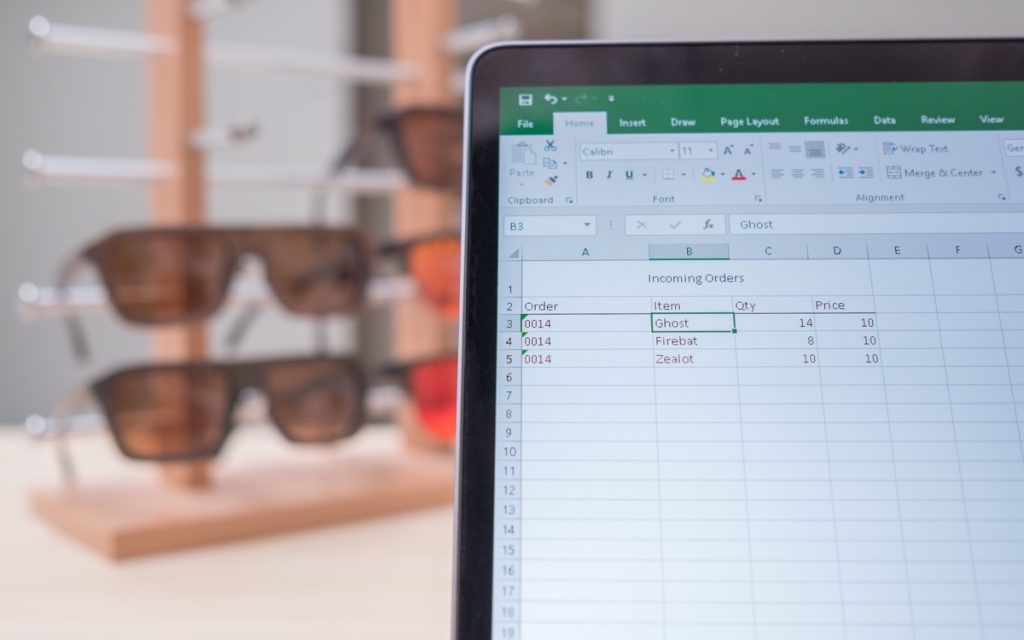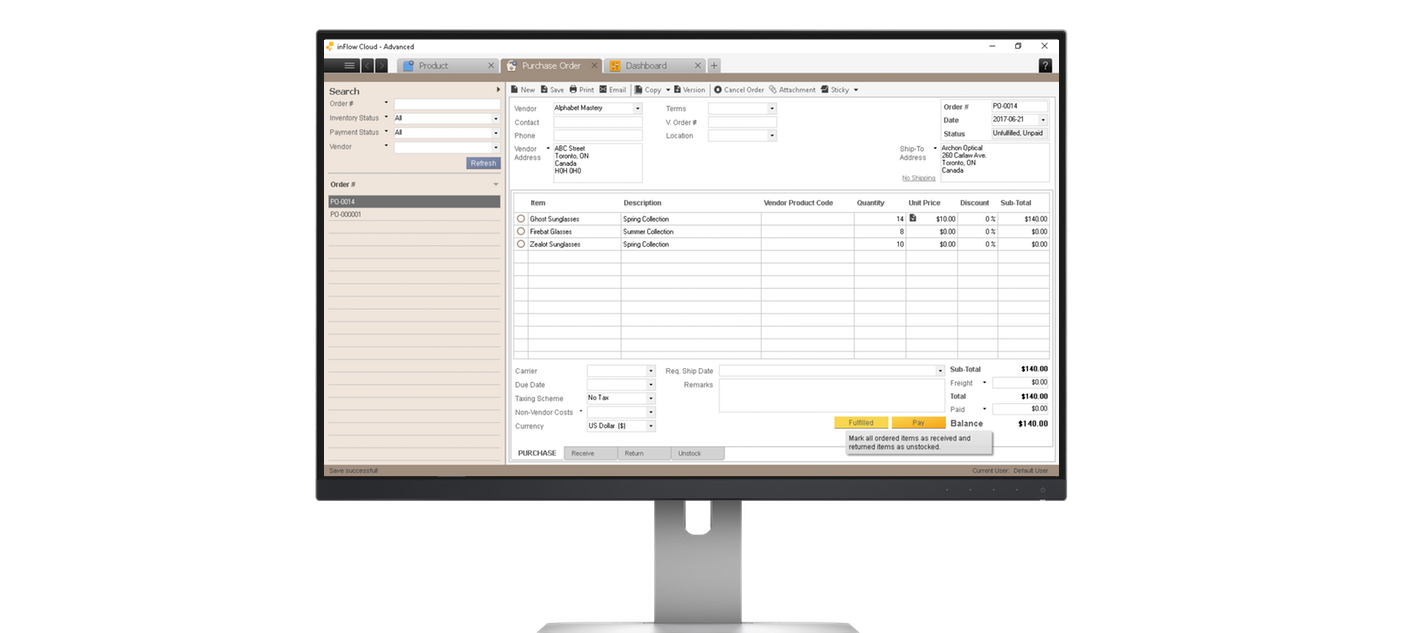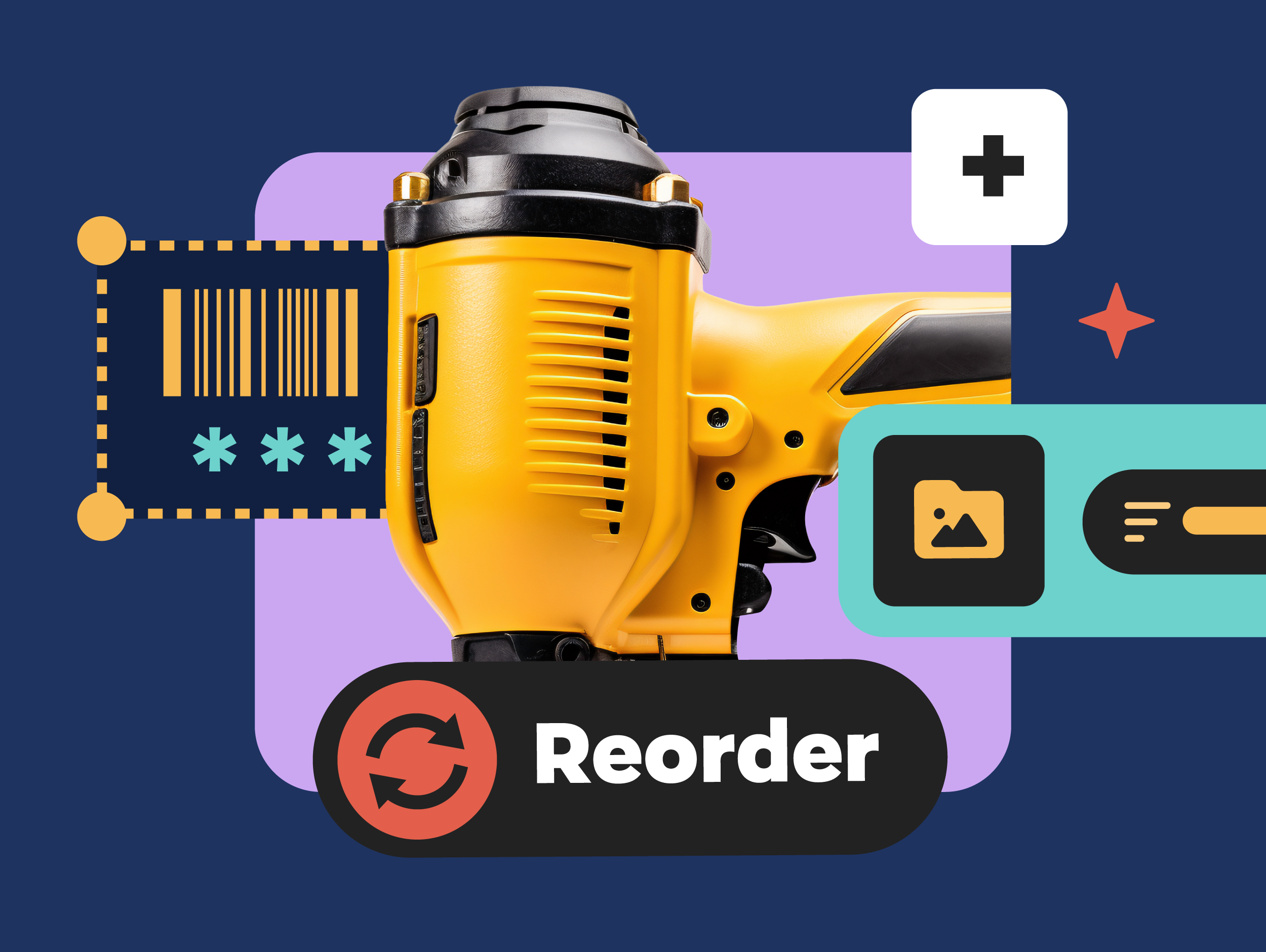When you’re managing your own small business, a lot of your time and energy is used up on day to day operations. So when you pick the tools to keep your inventory accurate, it can be easy to rely on the ones you are already familiar with. In fact, many of our current customers tell us that they’ve come from good old pen and paper or spreadsheet software like Excel. While these are both tried and tested tools, they weren’t designed specifically with inventory management or small business growth in mind.
So if you’ve been having trouble finding that single sales order in a stack of papers, or you’re worried that you might not be editing the latest version of your product spreadsheet, then it’s probably time to migrate to something more specialized.

The problem with inventory on paper
If you’re tracking sales and product lists on paper, this article isn’t going to convince you to abandon it. Nothing competes with the ease-of-use and universal compatibility of paper: it’s affordable, plentiful, and works with any pen or pencil — even the one your grandmother owned. Regardless of all of the little gadgets we wear and carry around today, we aren’t going to be abandoning paper any time soon. However, there are already major benefits to moving most of your tasks out of an analog (paper) system and into a digital one.
One of the drawbacks of an analog system is that it doesn’t scale very well. It’s easy to run out of space on a sheet of paper or reach the last page in a notebook, and once that happens, it can be difficult to keep all of the relevant information together. Was that big sale for the Ghost glasses in the March notebook or the April notebook? On paper that means leafing through different pages until you find the right entry. This is manageable if sales are still low and you know your records like the back of your hand, but an analog system can be a bottleneck if only one person knows the books, and other employees have to search for orders page by page.
With a digital system like inFlow, many fields are searchable, so you can find what you can often find exactly what you were looking for within seconds. You can also search by using multiple criteria, so if you know the customer name and one of the products that was on the sales order, your list of search results will be that much smaller.
Another issue with tracking inventory on paper is the lack of easy backups. Your business lives in your records, and while paper is convenient, it can also be affected by spilled coffee or other office mishaps. You can scan or take photos of your orders and product lists, but that time spent creating backups could otherwise have been spent managing your business. Your valuable data should be kept in a system that provides multiple backups that are resistant to caffeinated drinks. Both versions of inFlow handle your backups automatically, so you can rest assured that you have several copies of your data and just focus on working.

The shortcomings of spreadsheets
Spreadsheets are a good step up from paper. Many businesses already use programs like Microsoft Word or Google Docs, and so you may already have access to apps like Microsoft Excel and Google Sheets. Spreadsheets are powerful because they’re like pieces of paper infused with calculation goodness, and they aren’t limited by factors like physical size.
Because spreadsheets can have virtually unlimited columns and rows, it isn’t very obvious that your business has outgrown spreadsheets as a tool for everyday inventory tracking. You won’t reach the end of a page or see any errors for adding too many columns. However, this issue show up in more subtle ways.
As your small business grows, more people may need access to the spreadsheet at any given moment, and it can be difficult to tell who was responsible for making a change — and when they may have issued that change. If you return to a sales order on Monday morning to find it has a different order quantity than you remember, you might be able to check who used the spreadsheet recently, but not necessarily which changes they made. This is because the spreadsheet is a powerful general tool, but it doesn’t know what kind of historical information you might need. This is where inFlow’s version history can help a lot. For any given product, order, or customer, you’ll be able to go back in time to see how that record appeared after each save.
Another challenging aspect of managing inventory with spreadsheets is that you’ll need to tie them together if you want an up-to-date overview of your inventory. It’s a good practice to separate your sales (outgoing) and purchase (incoming) orders, but if you do that, you’ll need to link the order sheets to a separate product sheet so that your inventory levels are consistent.
This is all doable within a spreadsheet, but inFlow makes the process much easier because it was designed specifically with order and product management in mind.
You can create a sales order and save it to tell the program that you have reserved “5 pairs” of Ghost glasses, and when you fulfill the order by sending the product out the door, one click will subtract “5 pairs” of Ghost glasses from your inventory.
You’ll also be able to easily handle other operations that would require complex formulas on a spreadsheet, like managing multiple tax rates and having separate remarks that are only visible to internal teams.
Grow further with inFlow
The point of this article is not to say that your business should stop using paper and spreadsheets. On the contrary, these tools will probably always be a part of your day to day operations, but they’re not the best tools for inventory management.
inFlow crunches the numbers for you and presents them all in a great, easy-to-use interface so that you can free up time for other things. But don’t just take our word for it — start a free trial of inFlow Inventory to see for yourself!






How do I even begin my inventory and spreadsheet?
Hi Amanda, I think you’ll find our other post on inventory management basics helpful there. It should give you ideas on what aspects of your products you’d like to track: https://www.inflowinventory.com/blog/inventory-management-creating-products-product-types/